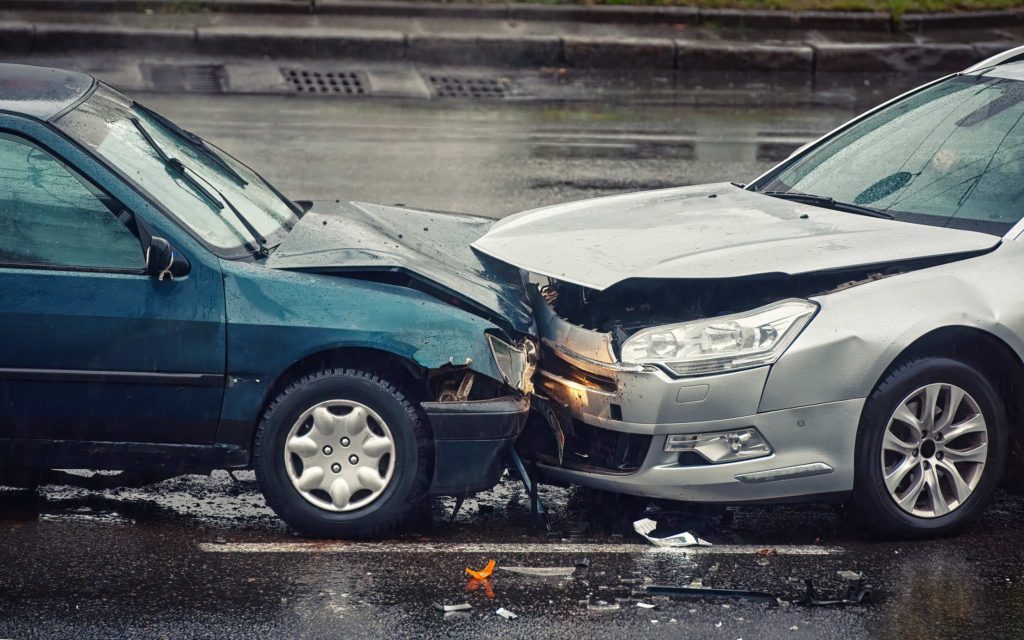The Transformative Influence of Medical Advances on Car Accident Survival Rates
4 min read
In recent decades, significant advancements in medical technology and trauma care have revolutionized the way they approach and treat injuries resulting from car accidents. These advancements have improved the quality of care for accident victims and profoundly impacted survival rates and long-term outcomes. As an experienced Los Angeles car accident lawyer at JML Law, APLC, understanding the implications of these medical advances is crucial for advocating for the rights of accident victims. This article will explore the remarkable progress in medical care following car accidents and its profound effects on survival rates.
Emergency Medical Response:
One of the most significant factors influencing survival rates after car accidents is the availability of prompt and effective emergency medical response. Emergency medical services (EMS) teams equipped with advanced life support equipment and trained personnel can rapidly assess and stabilize accident victims at the scene, significantly improving their chances of survival. In Los Angeles, the swift response of paramedics and first responders plays a critical role in saving lives and minimizing the severity of injuries.
Trauma Centers and Specialized Care:
The development of trauma centers and specialized medical facilities has been instrumental in enhancing outcomes for car accident victims with severe injuries. These centers are staffed by multidisciplinary teams of trauma surgeons, nurses, and specialists who are trained to provide specialized care for complex injuries such as traumatic brain injuries, spinal cord injuries, and internal organ damage. Access to timely and comprehensive medical care at trauma centers has been associated with lower mortality rates and improved long-term recovery for accident victims.
Advancements in Surgical Techniques:
Surgical innovations and techniques have played a crucial role in saving lives and restoring function for car accident victims with life-threatening injuries. Minimally invasive surgical procedures, such as laparoscopic surgery and endovascular interventions, allow surgeons to repair internal injuries with less trauma to surrounding tissues, reducing recovery times and complications. Additionally, advances in reconstructive surgery and microsurgery have enabled surgeons to restore form and function for accident victims with severe facial trauma or limb injuries.
Critical Care and Intensive Monitoring:
The evolution of critical care medicine and intensive care units (ICUs) has transformed the management of critically injured car accident patients. Advanced monitoring technologies, such as continuous vital sign monitoring, intracranial pressure monitoring, and hemodynamic monitoring, allow healthcare providers to closely monitor patients’ physiological status and intervene promptly during complications. ICU teams provide round-the-clock care and support to stabilize patients and optimize their chances of recovery.
Innovations in Imaging and Diagnostics:
Diagnostic imaging technologies, including computed tomography (CT), magnetic resonance imaging (MRI), and ultrasound, have revolutionized evaluating and managing car accident injuries. These imaging modalities allow healthcare providers to quickly and accurately diagnose injuries, assess their severity, and develop targeted treatment plans. Advanced imaging techniques, such as CT angiography and diffusion-weighted MRI, enable early detection of vascular injuries, brain trauma, and spinal cord injuries, guiding timely interventions to prevent further damage.
Rehabilitation and Long-Term Care:
In addition to acute medical care, rehabilitation services play a vital role in the recovery and rehabilitation of car accident victims. Physical therapy, occupational therapy, and speech therapy help accident survivors regain function, mobility, and independence after sustaining injuries. Rehabilitation programs tailored to each patient’s unique needs promote recovery and improve quality of life, enabling accident victims to achieve optimal long-term outcomes.
Psychological Support and Counseling:
Car accidents can have profound psychological effects on survivors, including post-traumatic stress disorder (PTSD), anxiety, and depression. Access to psychological support services and counseling is essential for addressing the emotional and psychological needs of accident victims and their families. Mental health professionals offer counseling, therapy, and support groups to help individuals cope with trauma, process emotions, and rebuild resilience in the aftermath of a car accident.
Preventive Measures and Injury Prevention:
While advancements in medical care have undoubtedly improved survival rates for car accident victims, efforts to prevent accidents and mitigate injuries remain critical. Public awareness campaigns, seat belt laws, drunk driving prevention programs, and traffic safety regulations enforcement all contribute to reducing the incidence and severity of car accidents. Promoting safe driving behaviors and investing in road safety initiatives can prevent needless injuries and save lives on Los Angeles roadways.
Contact JML Law, APLC, For Legal Assistance
In conclusion, the impact of medical advances on car accident survival rates cannot be overstated. From the swift response of emergency medical services to the specialized care provided at trauma centers and the ongoing support of rehabilitation services, medical technology, and trauma care advancements have transformed the outcomes for accident victims in Los Angeles and beyond. As legal professionals, advocating for the rights of accident victims means recognizing the pivotal role of medical advancements in achieving justice and ensuring that survivors receive the care and support they need to rebuild their lives.




